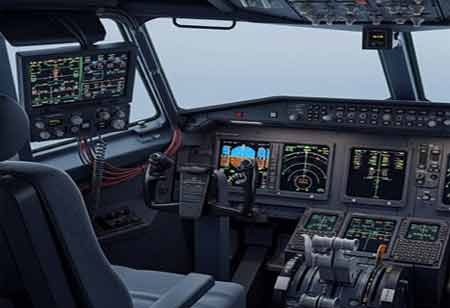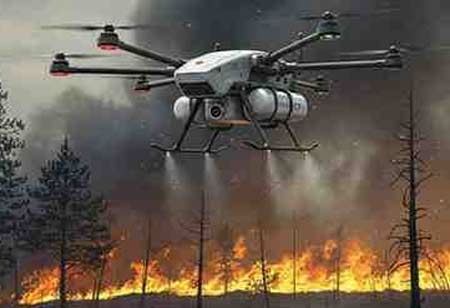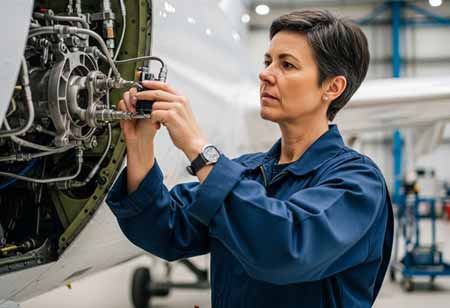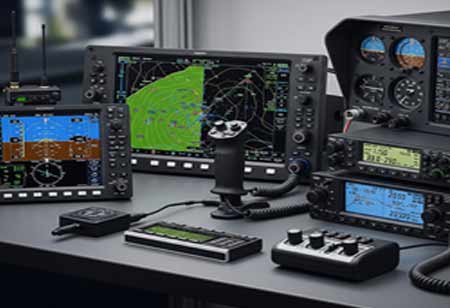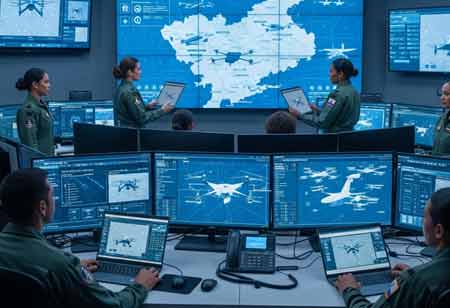Fremont, CA: Avionics are integral to modern aviation, transforming the methods by which pilots operate aircraft and manage flights. Avionics systems are critical in enhancing flight safety, optimising performance, and ensuring precision in operations. These advanced electronic systems, comprising navigation, situational awareness, monitoring, and control functions, directly influence pilots as they navigate through restricted airspace, manage aircraft performance parameters, and respond to dynamic flying conditions. As avionics technology continues to evolve, it will increasingly shape pilot activities and training across Europe, impacting decision-making processes and operational effectiveness.
Safety Enhancements by Advanced Navigation Systems
The European operating environment demands exact navigation, and avionics systems have helped fulfil that requirement. In the modern context, many navigation systems, such as GPS, inertial navigation systems, and flight management systems, provide pilots with real-time data, such as position, altitude, and speed. This can mean accurate route planning and management with an optimum approach to overcoming navigation errors, especially under reduced visibility and dire weather circumstances.
The Automatic Dependent Surveillance-Broadcast (ADS-B) feature has significantly improved air traffic management. It helps pilots avoid other aircraft and initiate collision avoidance measures more effectively. With advanced avionics systems, pilots can make better-informed decisions when navigating the complex air traffic in Europe’s busy skies.
More Efficient with Integrated Flight Management Systems
Avionics systems enhance the efficiency of flight operations, offering notable advantages for pilots by streamlining the management of flight plans and aircraft performance. Flight Management Systems (FMS) play a crucial role in automating essential tasks such as optimising fuel consumption, adjusting altitudes, and managing speed modifications, particularly in response to varying weather conditions. This automation allows pilots to concentrate on strategic flight management rather than engaging in manual adjustments of flight parameters.
Electronic Flight Bags (EFBs) provide pilots with digital access to essential resources, including maps, manuals, and other relevant documents, thereby alleviating their workload and improving decision-making capabilities during flight operations. In Europe, where fuel expenditures are substantial and airlines adhere to stringent schedules, these advanced systems enable pilots to enhance both fuel efficiency and operational performance.
Better Decision-Making Processes and Situational Awareness for Pilots
Advancements in avionics systems have greatly improved pilots’ situational awareness by providing real-time data on performance, weather, and air traffic. Enhanced Vision Systems (EVS) and Synthetic Vision Systems (SVS) allow pilots to see their surroundings, even in low visibility, enabling them to anticipate risks from terrain or obstacles and navigate complex airspace safely.
Radar systems provide accurate weather updates to assist pilots in avoiding storms or turbulence that could compromise safety. Enhanced situational awareness is essential in Europe’s rapidly changing weather conditions and densely trafficked air routes, where there is limited tolerance for error.



